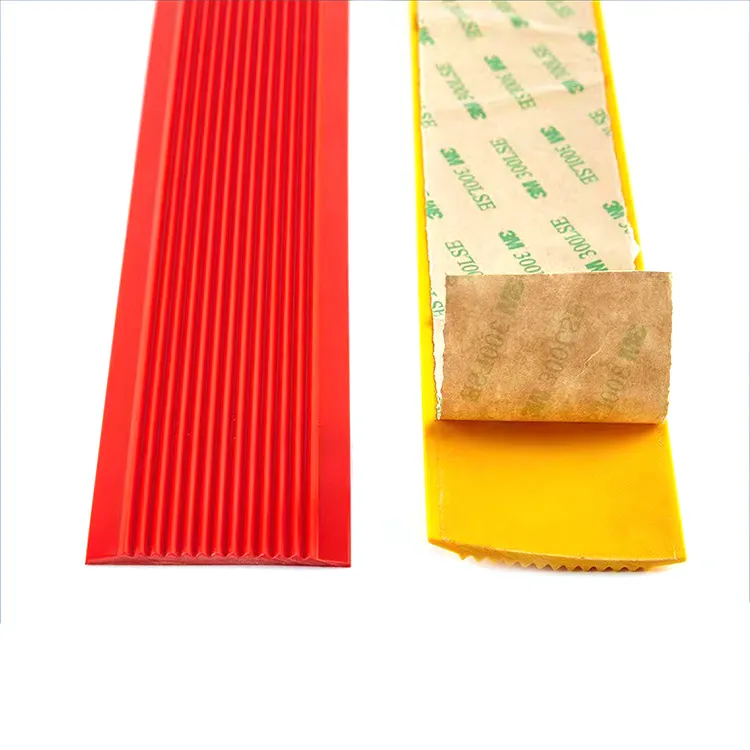heavy duty weather stripping for doors
Heavy Duty Weather Stripping for Doors A Comprehensive Guide
As energy efficiency becomes a paramount concern for homeowners, finding ways to reduce heating and cooling costs is essential. One often overlooked solution is the installation of heavy-duty weather stripping for doors. This simple yet effective method can significantly enhance the insulation of your home, prevent drafts, and curb energy wastage. In this article, we will explore the benefits of heavy-duty weather stripping, the types available, installation tips, and maintenance advice, ensuring your doors provide the protection and energy efficiency your home deserves.
The Importance of Weather Stripping
Weather stripping is vital for sealing gaps around doors and windows, serving as a barrier against air leaks. Over time, doors can warp due to changes in temperature and humidity, resulting in increased gaps that allow cold drafts in during winter and cool air to escape during summer. By installing heavy-duty weather stripping, you can create a tight seal that not only keeps your home comfortable but also reduces your energy bills. Furthermore, effective weather stripping can minimize water intrusion, noise pollution, and the likelihood of pest infestations.
Types of Heavy-Duty Weather Stripping
When it comes to heavy-duty weather stripping, there are several materials and profiles to choose from, including
1. V-Strips (Tension Seals) These are made of vinyl or metal and can be fitted along the edges of doors. They work by creating tension when compressed, effectively sealing gaps without obstructing the door’s operation.
2. Foam Tape Simple to install, foam tape offers a cushioned seal and is suitable for uneven surfaces. Available in different thicknesses, foam tape can compress to fit small gaps, making it ideal for older doors.
3. Rubber Weather Stripping Known for its durability, rubber weather stripping is great for exterior doors. It maintains its shape over time and remains flexible in various temperatures, providing a reliable seal against the elements.
4. Door Sweeps This type of weather stripping is mounted to the bottom of the door, blocking drafts and moisture. Available in different materials like rubber or vinyl, door sweeps are particularly effective for exterior doors.
Installation Tips
heavy duty weather stripping for doors

Installing heavy-duty weather stripping can be a DIY project with significant benefits. Here’s how to do it
1. Measure the Gaps Before purchasing weather stripping, measure the gaps around your door. A simple ruler can help you identify where the gaps are larger, allowing you to choose the appropriate type of stripping.
2. Choose the Right Material Based on your measurements, select a weather stripping material that best suits your door type and the size of the gaps.
3. Clean the Surface Ensure that the door frame and the surface where the weather stripping will be applied are clean and free of dust or debris. This will help the adhesive stick better and last longer.
4. Apply the Weather Stripping Follow the manufacturer’s instructions for installation. For adhesive types, peel off the backing and press firmly along the edge of the door or frame. For V-strips, use a staple gun or nails to secure them in place.
5. Test the Seal Once installed, close the door and check for drafts. If you feel any air coming through, consider adding additional weather stripping or adjusting what you have installed.
Maintenance
To ensure the longevity and effectiveness of your weather stripping, it’s important to conduct regular checks. Inspect the seals annually for damage or wear, particularly after severe weather conditions. Replace any sections that appear cracked or lose their flexibility. Cleaning the weather stripping periodically will help maintain its adhesive properties and overall performance.
Conclusion
Heavy-duty weather stripping for doors is an effective way to enhance your home’s insulation, improve energy efficiency, and reduce utility bills. By choosing the right materials and following proper installation techniques, homeowners can enjoy a more comfortable living environment. With minimal investment and maintenance, weather stripping can pay off in both comfort and savings, making it a simple yet impactful home improvement project.
-
Under Door Draught Stopper: Essential ProtectionNewsJul.31,2025
-
Garage Door Seal and Weatherstrips for ProtectionNewsJul.31,2025
-
Edge Banding Tape for Perfect EdgesNewsJul.31,2025
-
Table Corner Guards and Wall Corner ProtectorsNewsJul.31,2025
-
Stair Nose Edging Trim and Tile Stair SolutionsNewsJul.31,2025
-
Truck Bed Rubber Mats for Pickup BedsNewsJul.31,2025
-
Window Weather Stripping for Noise ReductionNewsJul.29,2025